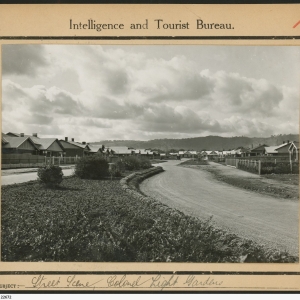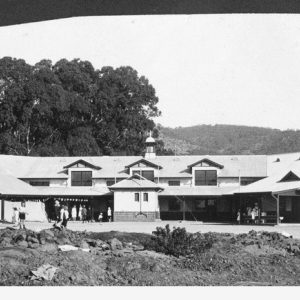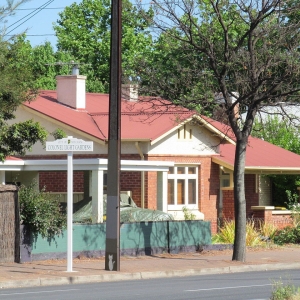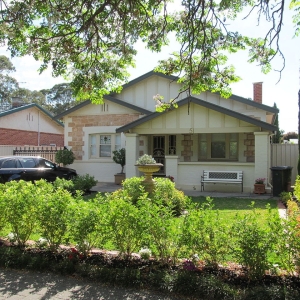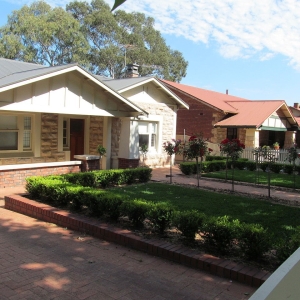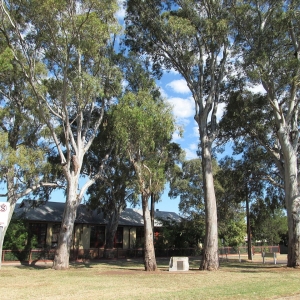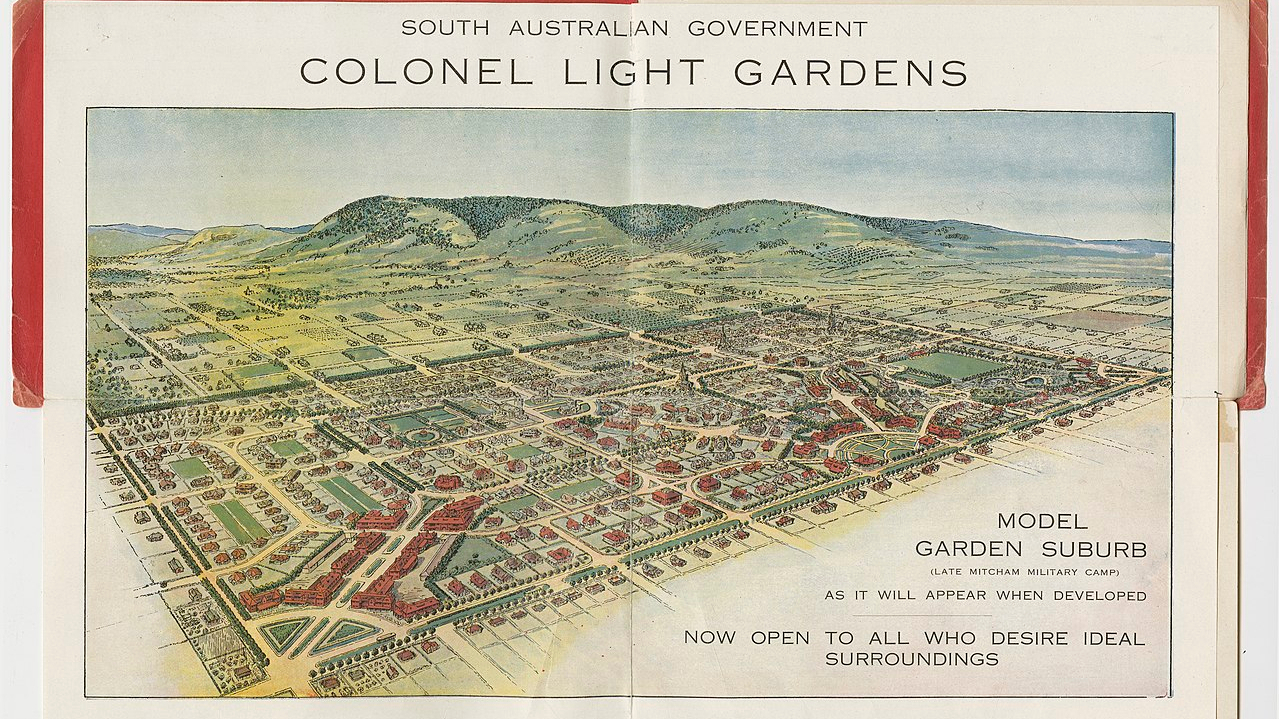
Colonel Light Gardens
Adelaide, Australia
Suburb in Australia's Adelaide, inspired by the garden city movement.
| Garden City Type: | Mixed (housing association / municipality / other) |
| Country: | Australia |
| City: | Adelaide |
| Years of construction: |
1921 Start construction
|
| Initiator/client: | Government of South Australian |
| Architect or related: |
Charles Reade Charles Compton Reade (4 May 1880 – 28 October 1933) was a New Zealand born town planner. Originally a well-travelled journalist, Reade saw the evils of inner city slums in England and began writing of the need for improved town planning. He became active in the Garden Cities and Town Planning Association of Great Britain. In |
| Heritage status: | Yes |
| Explanation: | In October 1999 Colonel Light Gardens was placed on the Register of The National Estate. A year later it was declared a State Heritage Area. This ensured that any future development of properties and open spaces within Colonel Light Gardens would be managed to maintain the Area’s heritage values. |
| General condition of Garden City: | Good condition |
General description
Colonel Light Gardens – originally named Mitcham Garden Suburb, but renamed after the first Surveyor-General of Adelaide, Colonel William Light – is a suburb located within the Australian City of Mitcham in the greater Adelaide region, approximately 7 km south of the Adelaide city centre. The area is 1.58 km2. The part of the suburb east of Goodwood Road was used as an army training camp during World War I, and prior to this the area was known as Grange Farm.
An area of 1.2 km2 was purchased in June 1915 by the Vaughan Labor government from the estate of William Tennant Mortlock. The Government decided to establish it as a 'model garden suburb' following New Zealand town planner Charles Reade's Australian Town Planning Tour. South Australia appointed Reade as a town planning adviser in 1916.
The first land sales were advertised in August 1921. In 1924, owing to a housing shortage in the State, the South Australian Government inaugurated the Thousand Homes Scheme to provide housing and Colonel Light Gardens was selected as the site for most of this housing. South Australian Government town planner W. S. Griffiths (a follower of Reade) amended part of Reade's plan to increase Reade's housing density ratio, which meant forsaking some original design elements. The Thousand Homes Scheme did not, on the whole, have a largely negative impact on the garden suburb and gave the suburb a social mix it may otherwise not have achieved. By the end of 1927 most of the suburb had been
Architecture / Urban planning
Colonel Light Gardens was planned as a garden suburb. It is known for wide, tree-lined streets, rounded street corners, abundant parkland, the use of low density housing, extensive planting, alternatives to grid street-planning, streets designed to influence traffic volumes and zoning to control commercial development.
The suburb contains many well preserved bungalow homes in California Bungalow style and examples of inter war Old English houses. The suburb's homogenous built environment, its open spaces and plantings, its street design and other features all create a substantial aesthetic amenity.
Sources
- Website URL
- Website URL
- Website URL
- Website URL
Australian Heritage Database: Register of the National Estate

